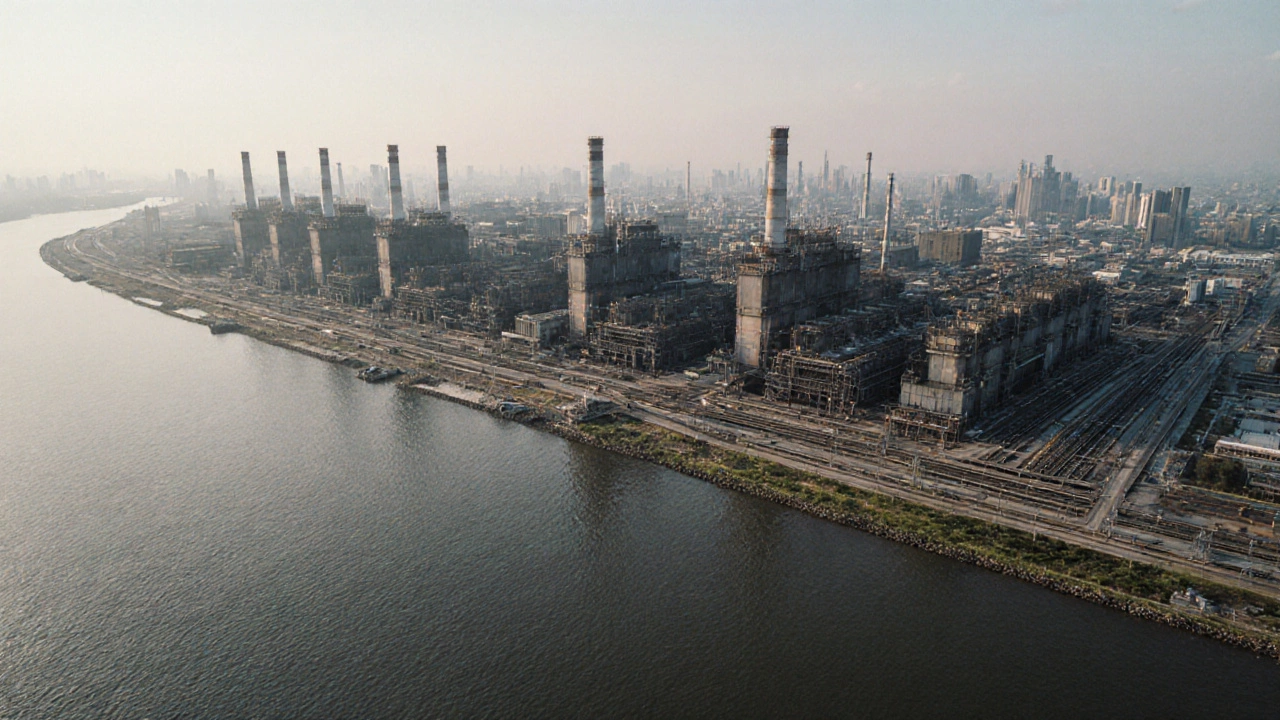Largest Steel Mill – What Makes a Steel Plant the Biggest?
When you hear largest steel mill, you probably picture a massive complex humming with furnaces, conveyors, and endless rows of steel coils. largest steel mill, the steel plant with the highest production capacity and output. Also known as biggest steel plant, it sits at the top of the steel industry, the global network of companies that mine, process, and fabricate steel (aka steel sector). This definition matters because size isn’t just a brag‑ging point; it drives jobs, technology adoption, and regional economic power.
Key Factors Behind the Biggest Steel Plants
The manufacturing sector, all industries that transform raw materials into finished goods (also called industrial production) provides the framework for a mill’s scale. A largest steel mill usually boasts three core attributes: a high annual tonnage (often over 10 million tonnes), integrated downstream facilities like rolling mills and coating lines, and advanced logistics that move raw iron ore, coal, and finished steel across continents. In simple terms, the bigger the plant, the more it can shift the whole supply chain upstream and downstream.
Size also means a stronger grip on raw material sourcing. Iron ore and coking coal prices swing like a pendulum, and a massive mill can lock in long‑term contracts, hedge against price spikes, and even own its own mines. This raw‑material advantage translates into higher profit margins – a point echoed in studies of manufacturing profitability where larger plants often out‑perform smaller peers because they spread fixed costs over more output.
India’s industrial growth adds another layer to the story. Recent rankings show India climbing in global manufacturing output, and the country’s push for “Make in India” has spurred huge investments in steel capacity. When a new plant is built in an Indian hub, it doesn’t just raise the national production figure; it reshapes regional employment, draws ancillary businesses, and helps the nation climb higher in worldwide manufacturing standings.
Comparing the biggest mill to a mid‑size one reveals stark differences in technology adoption. The largest facilities tend to lead in automation, using sensors, AI‑driven process control, and energy‑recovery systems that cut electricity use by 15‑20 %. Those upgrades not only boost output, they also improve environmental footprints – a growing demand from both regulators and customers.
Cost competitiveness remains a hot topic in 2025. While some countries offer cheap labor, the most efficient steel producers are those that balance labor costs with high‑tech equipment and optimal logistics. A largest steel mill can spread the capital expense of cutting‑edge blast furnaces over many years, making the per‑tonne cost lower than in cheaper, less‑automated locations.
Government schemes play a big role, too. Policies that provide tax incentives, infrastructure subsidies, or streamlined permitting accelerate the growth of massive steel complexes. When a nation rolls out a steel‑focused development plan, the resulting megaplants often become anchors for entire industrial corridors, feeding downstream manufacturers like automotive, construction, and appliances.
All these pieces – raw‑material control, automation, policy support, and regional economic impact – intertwine to define what really makes a plant the largest steel mill. Below you’ll find a hand‑picked collection of articles that dive deeper into profitability, global rankings, raw‑material sourcing, and the future of steel manufacturing. Keep reading to see how these factors play out across real‑world examples and emerging trends.

Where Is the World’s Largest Steel Plant Located?
Discover the location, capacity, and key features of the world's largest steel plant - Shanghai Baosteel Integrated Steel Mill in China.
Read More